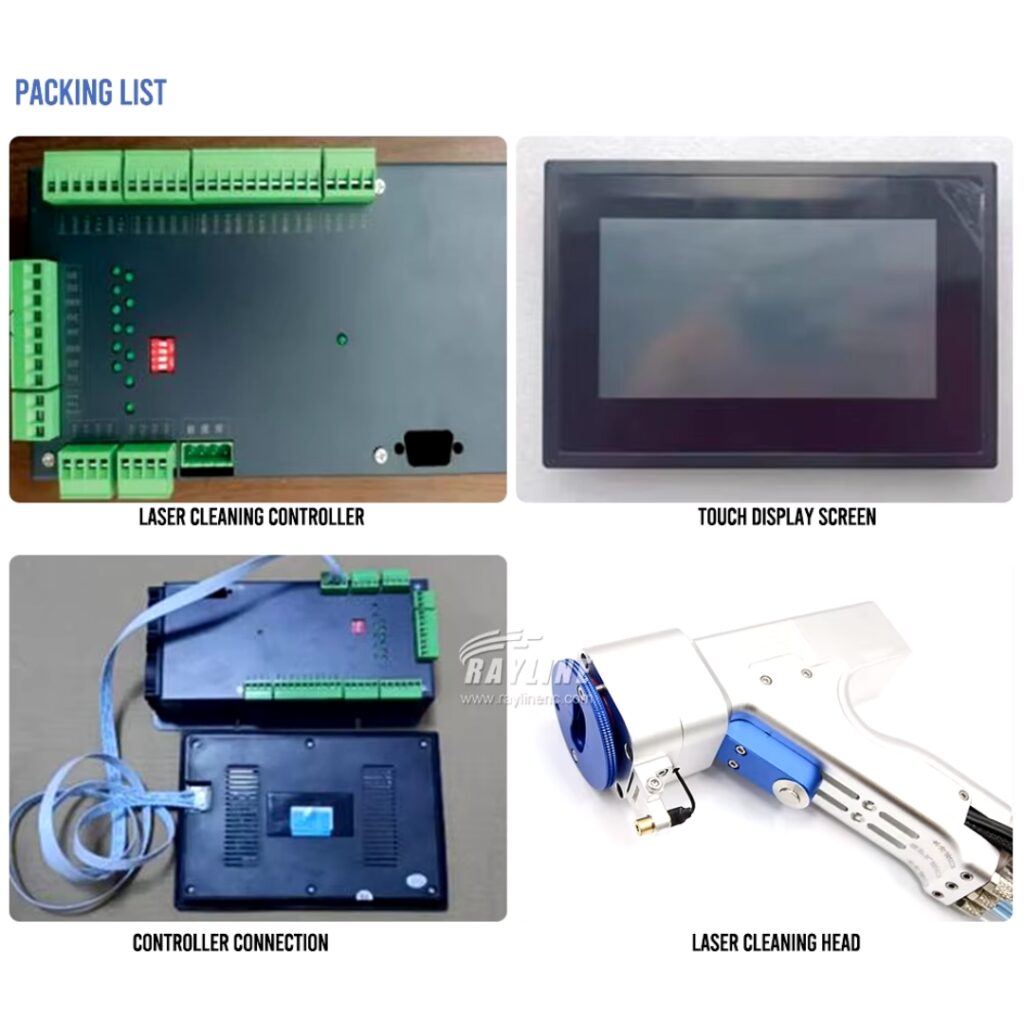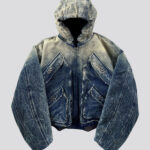Laser technology continues to revolutionize multiple industries—from metal fabrication and medical equipment to creative engraving and cutting-edge research. But the real secret behind achieving optimal laser performance lies in the quality and compatibility of laser accessories. This in-depth, data-driven guide explores everything you need to know about laser accessories in 2025.
Whether you’re a technician, industrial manufacturer, or a DIY laser enthusiast, understanding the key accessories can directly impact accuracy, efficiency, and safety.
What Are Laser Accessories?
Laser accessories refer to the peripheral components and tools used to support, optimize, or protect laser machines and systems. These accessories are critical for:
-
Enhancing precision and performance
-
Extending machine lifespan
-
Ensuring operational safety
-
Supporting different materials or applications
They vary based on the type of laser system in use (CO₂, fiber, diode, solid-state, etc.), and each component has a specific role in improving operational outcomes.
Core Categories of Laser Accessories
To better understand their role, here’s a categorized overview of commonly used laser accessories:
| Category | Purpose | Examples |
|---|---|---|
| Laser Optics | Focus, reflect, or split laser beams | Lenses, mirrors, beam splitters |
| Cooling Systems | Maintain stable operating temperature | Chillers, fans, water-cooled radiators |
| Positioning Systems | Enable precise movement | CNC controllers, stepper motors, linear rails |
| Safety Accessories | Protect operator and equipment | Laser safety goggles, enclosures, shutters |
| Power Accessories | Ensure consistent power delivery | Power meters, UPS systems, connectors |
| Dust & Fume Extractors | Improve air quality and visibility | Air filters, exhaust fans, smoke absorbers |
| Consumables | Wearable parts requiring regular change | Nozzles, lenses, protective windows |
Essential Laser Accessories in 2025
1. Laser Lenses & Mirrors
These are integral to beam delivery systems. Modern aspheric lenses in 2025 offer minimized aberration and improved energy concentration.
-
Focus lenses: Improve engraving resolution
-
Reflective mirrors: Guide the beam path without distortion
-
Protective windows: Extend the life of internal optics
Material tip: Look for lenses made from ZnSe or fused silica for high resistance to thermal shock.
2. Laser Chillers & Cooling Systems
As power increases, so does heat output. Efficient cooling systems help avoid downtime and overheating damage.
-
Closed-loop chillers: Popular in fiber and CO₂ lasers above 100W
-
Thermoelectric coolers: Ideal for compact, diode lasers
Pro insight: A temperature variation of more than ±1°C can distort beam alignment—regular calibration is essential.
3. Laser Safety Equipment
Compliance with international laser safety standards (like IEC 60825-1) is mandatory.
-
Laser goggles: Filter specific wavelengths
-
Shutter systems: Interrupt beam transmission during faults
-
Safety enclosures: Contain scattered radiation and fumes
Tip: Always match goggles to the exact wavelength of your laser source (e.g., 1064 nm for fiber, 532 nm for green lasers).
4. Air Assist & Fume Extraction Systems
These improve cutting depth, clarity, and workplace safety.
-
Air assist: Reduces heat buildup and removes debris
-
Fume extractors: Capture harmful particulates like VOCs and nano-particles
Bullet checklist:
-
Activated carbon filter
-
HEPA filtration
-
Adjustable airflow
-
Maintenance alerts
5. Motion Control Systems
For CNC laser machines, precision motors and positioning systems dictate the final quality.
-
Stepper and servo motors
-
Ball screws and linear guides
-
Digital controllers with touchscreen interfaces
Speed tip: Servo motors offer faster acceleration and smoother cuts than stepper motors for detailed tasks.
6. Power Supply Accessories
Voltage fluctuations can cause irregular laser firing or internal damage.
-
Uninterruptible Power Supplies (UPS): Protect against sudden outages
-
Voltage stabilizers: Regulate incoming power
-
RF connectors: Provide stable power to CO₂ RF laser tubes
Maintenance metric: Always measure output current during maintenance; variances beyond 5% indicate an unstable system.
Emerging Trends in Laser Accessories
Smart Accessories are redefining operational efficiency:
-
IoT-Enabled Chillers: Real-time temperature alerts to your phone
-
Auto-Focus Laser Heads: Reduce manual calibration time
-
Laser Head Sensors: Monitor wear in lenses or mirrors and suggest replacements
Predictive Maintenance is now a growing focus in high-end systems, using sensor data and AI models to flag potential issues before failure.
Applications Where Laser Accessories Matter Most
| Industry | Accessories Used | Benefit |
|---|---|---|
| Metal Fabrication | Cooling systems, servo motors, nozzles | Faster, precise cuts with clean edges |
| Jewelry Making | High-focus lenses, beam attenuators | Microscopic detailing and engraving |
| Medical Devices | Safety enclosures, cleanroom extractors | Safe, sterile processing |
| Signage & Crafts | Fume extractors, air assist, color lenses | Improved visual finish |
Best Practices When Choosing Laser Accessories
1. Match Accessory to Laser Type
For example, fiber lasers need different optics than CO₂ lasers. Cross-compatibility is rare.
2. Prioritize Material Quality
Choose components made from anodized aluminum, fused silica, or industrial-grade polymers for durability.
3. Monitor Replacement Intervals
Track wearables like nozzles, mirrors, and filters using runtime logs.
4. Calibrate Regularly
Optics misalignment reduces laser efficiency by up to 30%. Monthly calibration is recommended.
Frequently Asked Questions (FAQs)
What are the most replaced laser accessories?
-
Focus lenses
-
Air assist nozzles
-
Protective mirrors
-
Filters in extraction systems
These components undergo frequent wear due to high heat and particle exposure.
Do accessories differ for fiber and CO₂ lasers?
Yes. Fiber lasers operate at 1064 nm and need different optics and safety gear than CO₂ lasers (10.6 µm). Always verify compatibility before installation.
How do I know if my lens is damaged?
Common signs include:
-
Irregular beam shapes
-
Reduced cutting/engraving depth
-
Discoloration or burn marks on the lens
Routine inspection using a laser beam profiler helps prevent downtime.
How can I improve the efficiency of my laser system?
-
Use air assist to reduce burn marks
-
Install a quality chiller to maintain temperature
-
Clean and calibrate lenses regularly
-
Use programmable motion controllers for repeat tasks
What safety certifications should I look for?
-
IEC 60825-1 for laser safety
-
ISO 12100 for machine safety
-
CE or FDA approval (for systems sold in Europe or the US)
Always validate supplier documents before purchase.
Are smart laser accessories worth the investment?
Yes, particularly for industrial operations. Smart chillers, sensors, and predictive monitoring can prevent expensive failures and reduce maintenance downtime by up to 40%.
Pro Tip: Use accessories from the same brand or certified partners for guaranteed compatibility and consistent performance.
Top Materials Used in Laser Accessory Manufacturing
| Accessory | Best Material | Why? |
|---|---|---|
| Mirrors | Silicon with gold coating | High reflectivity at IR wavelengths |
| Lenses | Fused silica, ZnSe | Thermal durability and low absorption |
| Housings | Anodized aluminum | Lightweight, corrosion-resistant |
| Connectors | Industrial-grade copper | Efficient power transfer |
Well-maintained laser accessories are the unsung heroes of precision cutting, marking, and engraving. With advancements in smart monitoring and durable materials, 2025 is poised to offer even greater control, quality, and productivity in laser operations.



